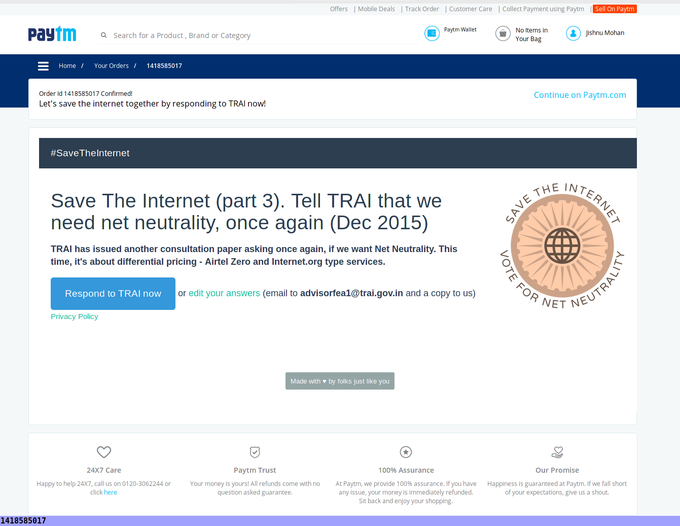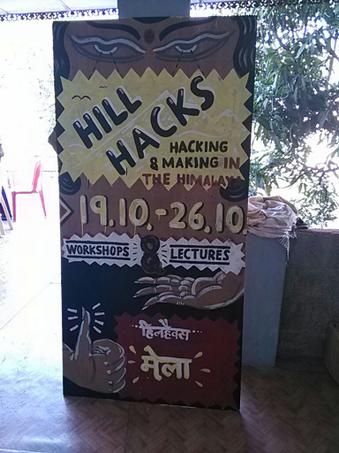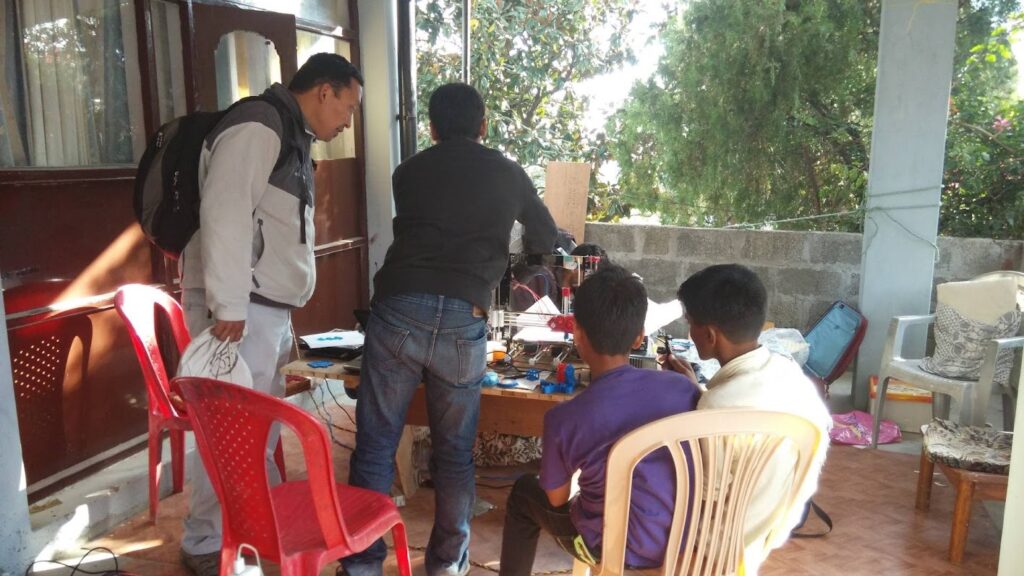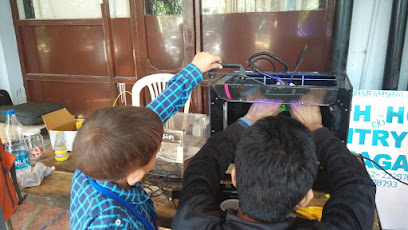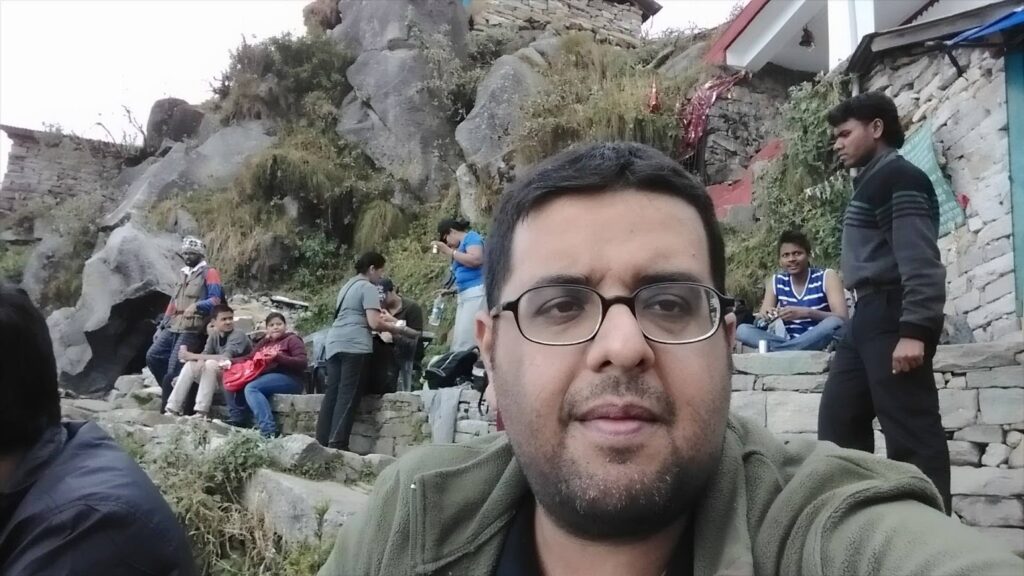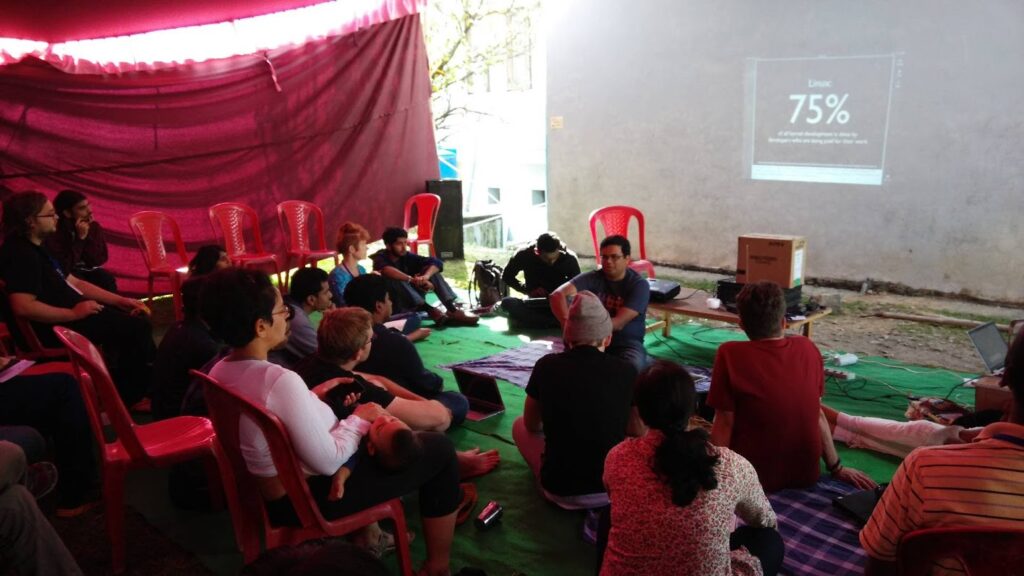Sometime during the first week of April in 2015, I learned from someone that Airtel is planning to launch a Zero Rating service, and Flipkart will be the first to sign up for it.
Flipkart was the darling of the startup ecosystem in India, and its founders Sachin Bansal and Binny Bansal (who are not related) were stars. They were solely responsible for the growth of e-commerce in India, and for me, the founding of Flipkart and its subsequent growth remains one of the key moments for India’s Internet growth. Ajit Balakrishnan, the founder of Rediff had once explained how important the growth of ecommerce is for a country’s Internet access: Ecommerce increases advertising spends, because of a direct linkage between advertising and transactions. This means that the growth of e-commerce fuels the growth of advertising, which in turn fuels the growth of content. Sachin and Binny were also extremely competitive (at that time, competing with Amazon, Snapdeal, Jabong and a few others) and were extremely aggressive in their approach. They were in an environment that demanded that aggression.
My source – and I don’t even remember who it was – suggested that there was strong push-back within Flipkart’s engineering team against them signing up with Airtel for Zero Rating services.
Flipkart had an on-going relationship with Airtel: In November 2014, it had partnered with Airtel for something called “OneTouch Internet”, which was merely a WAP page that listed certain Internet services that were offered on a trial basis to access to Internet users. Half a year before this launched, Airtel CEO Gopal Vittal had said that they wanted to change the vocabulary of the Internet, from data (i.e. selling MBs or GBs) to content packs: essentially users should buy access to specific apps and websites instead of buying data.
I knew where this was coming from: Airtel used to run a closed WAP portal called Airtel Live, which enabled access to various services, including caller ring-back tones, news, ringtones, images (GIFs), short videos. These services were provided by third party firms like Onmobile Global, One97 (which also owned Paytm), ValueFirst, Spice Digital, among others. These companies were vendors for content. On the other hand, I was acutely aware of what Facebook had done with fan pages: one fine day, reduced reach that publishers and creators had spent money building, and said – pay for reach. This bait and switch was common. Platforms encourage on-boarding, increase fragmentation of suppliers, and then monetize the aggregation by adding a distribution charge, in a manner that no single supplier has sufficient negotiating power against the platform. In case of Telecom Operators, that charge would be service specific, like it was with VAS. Airtel OneTouch, at least the way I saw it, was the beginning of that bait-and-switch, currently being pitched as a try-and-buy offer. This Try-and-buy approach resurfaced later with Gigato, but that’s for another post.
I asked Flipkart two questions then, which I didn’t get a response for:
- Do you pay Airtel for the provisioning of your service to Airtel customers?
- Do you get any revenue share for provisioning of your service to Airtel customers?
I can only guess now that Airtel One Touch was a showcase of the ability of Airtel to convert users into customers, and between November 2014 and April 2015, they had driven enough conversions for Flipkart. I did what journalists do when trying to break a story: pick up the phone and call one person after another. I had to be quick though: word gets around once you start calling people. Once I had confirmations that this debate was raging inside Flipkart, and from within Airtel that this was being launched and Flipkart was on-board, I sent formal mails out. I had questions ready. I mailed both Airtel and Flipkart at around 7pm ( the last confirmation, a key one at that, came in the evening on Friday, April 3rd, 2015), knowing that I was running out of time, and the weekend had begun, which meant that the likelihood of a response was limited.
We’ve confirmed from three reliable sources that Flipkart has done a Zero Rating deal with Airtel. By Zero Rating, I mean that Flipkart users on Airtel will not have to pay any data charges when using the Flipkart App. As you might be aware, the TRAI, in its consultation paper on OTT licensing and Net Neutrality, has said that this is a violation of Net Neutrality.
Would appreciate it if you could answer the following questions on this deal:
- Does Flipkart have exclusivity in the shopping/ecommerce category in this Zero Rating deal with Airtel?
- Has Flipkart closed similar deals with any other telecom operator?
- Is Flipkart in talks with any other telecom operator for similar deals?
- Is there any preferential bandwidth allocation as a part of this deal? As in, will specific bandwidth speeds be allocated to Flipkart, so that access to Flipkart is faster than it is ecommerce/shopping apps or sites?
- Does this deal involve any throttling of other ecommerce sites or apps? As in, will other ecommerce sites or apps be slowed down by Airtel so that the Flipkart app appears faster?
- What is the price being paid by Flipkart, on a per MB basis, to Airtel for making Flipkart free?
- Is this a part of the Airtel OneTouch Internet access gateway?
Would appreciate it if you could respond to this by tomorrow.
thanks,
Nikhil
Simultaneously, I sent the same questions to Airtel. Next morning. At around 9.15 AM next morning, I followed up with both. Flipkart said it would get back to me. Almost immediately, I followed up with more detail this time, this time cc’ing Binny Bansal and (then Chief People Officer) Mekin Maheshwari as well:
“We’ve further heard from sources that Flipkart is paying Airtel Rs 1000/gb data transfer for this deal. Would appreciate if you could confirm or deny this figure. If incorrect, would appreciate if you could share the actual figure.”
I sent the same to Airtel. Initially, in comparison with Flipkart saying that they’ll get back to me, Kinshuk Gupta of Airtel said that it’s the weekend and they need time. He must have had a chat internally, because he then called to schedule an interview with me later in the day, with Srini Gopalan, the then Director- Consumer Business for Airtel.
In the interview Airtel confirmed that the program was called Airtel Zero, and that it’s being offered to startups to Zero Rate their services in a non-discriminatory manner, but declined to confirm or deny that Flipkart is on it. Around half an hour after the interview, Flipkart sent a non-committal response, saying:
“We would not like to comment on speculation regarding any future associations that may or may not happen. All our activities in the past have always been completely compliant with all laws including those formed by TRAI – and we continue to remain committed to that.”
In journalistic parlance, the absence of denial is treated as something of a confirmation: it is the smoke that indicates that there is fire. Companies don’t outrightly deny something that has legs because they don’t want to be called out for lying later. It’s not that they don’t lie, though, but this impacts trust.
I had my source-based confirmation about Flipkart anyway, including from sources within Airtel.
Still, I sent the following follow up, irritated:
since this mail mentions “future associations”, are you saying that no deal has been closed with Airtel yet? My sources in Airtel indicate that the deal is done. Please confirm or deny.
The TRAI has said that Zero Rating is a violation of Net Neutrality, but that there is no law governing Net Neutrality in India. Hence, Flipkart’s tie-up with Airtel would not violate any laws, but the principle of Net Neutrality.
In the meantime, 45 minutes after this email that Flipkart never responded to, Airtel sent a useful follow up about Airtel Zero:
(1) Airtel Zero is an open, non-discriminatory platform that is a real win-win for customers and e-commerce app players.
(2) It is in sync with Governments vision of digital inclusion and make in India vision.
(3) Customer doesn’t pay data charges either for the entire app or part of the app depending on what the player has opted. Complete app or some part of the app can be made toll free.
(4) One of the most effective way of marketing and get app downloads by a customer. From the pilots undertaken we have seen that on an average if a player pays Rs. 100 to generate a download using digital marketing, he will end up paying 1/3 in Airtel Zero.
On Monday, before I reported on the interview, the Hindu carried a small story about Airtel Zero in the newspaper, not realising the significance of this development. I had made the mistake of not pushing the story out on Saturday or Sunday, and waiting till Monday. Thankfully they had no inkling of the Flipkart deal, and it was likely that Airtel had decided to speak with someone apart from me as well, so that there isn’t all critique.
I reworked my story to focus on the Flipkart angle, in order to differentiate it from the story in the Hindu. Looking back it almost appears that I buried the Airtel interview below the Flipkart bit. Airtel hadn’t denied that they were charging startups for being zero rated, but didn’t comment on the rate. Expectedly, the Flipkart angle made further headlines — it even made TV news. The backlash against the startup that most people in the Indian startup ecosystem idolised began.
I went back to this story to get a sense of where I was at the time I wrote it. I was in a tricky situation as a journalist — I was reporting on something that I was already campaigning against online. Shefaly Yogendra, my mentor, used to ask me about whether I’m an entrepreneur or a journalist. My answer eventually was that I am an entrepreneur AND a journalist. This campaigned changed that: I was now an entrepreneur, journalist and an activist.
My disclosure offered a hint that I don’t know other people picked up on:
Disclosures: Readers should bear in mind that MediaNama has always taken a strong pro-Net Neutrality position. Our coverage here. Personally, I’m helping create awareness of the issues that might arise from anti Net Neutrality regime.
The big-bang “awareness” outreach was still 6 days away.
The story precipitated a debate, especially in the startup ecosystem, about what is wrong with Airtel Zero, and the fact that it enables user acquisition. The same argument I had with Prashant Singh seven months before this, now became a mainstream debate.
I published a critique of Airtel Zero the next day that went viral: multiple publications asked me if they could republish it, and I eventually released it under CC-BY, so that everyone could republish it, and get the word out.
The idea of “Splitting India’s Internet into many Internets” would become a critical argument in our submissions to the TRAI going forward, and drew from my previous critique of Internet.org when Mark Zuckerberg hadn’t taken questions related to Net Neutrality.
